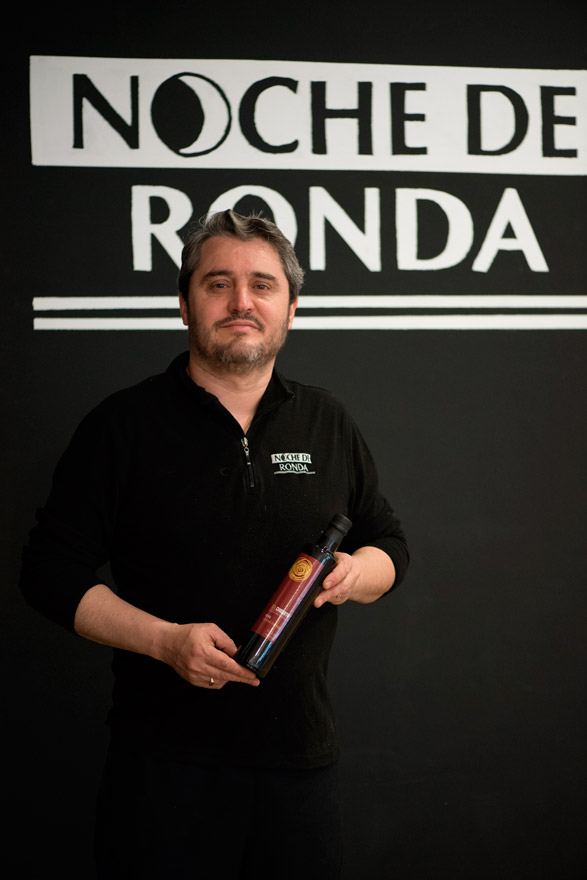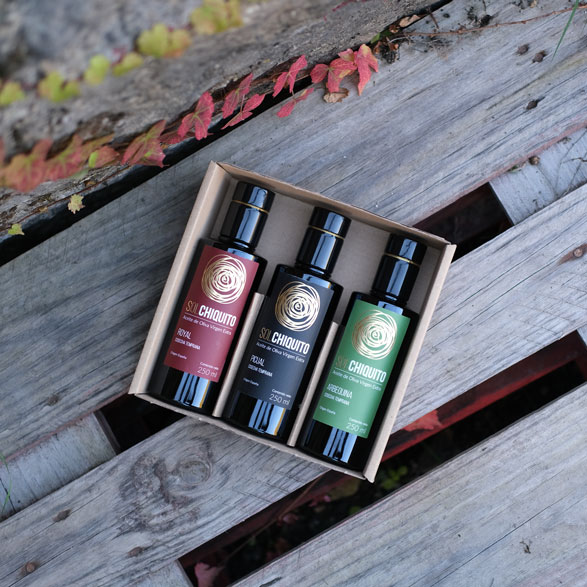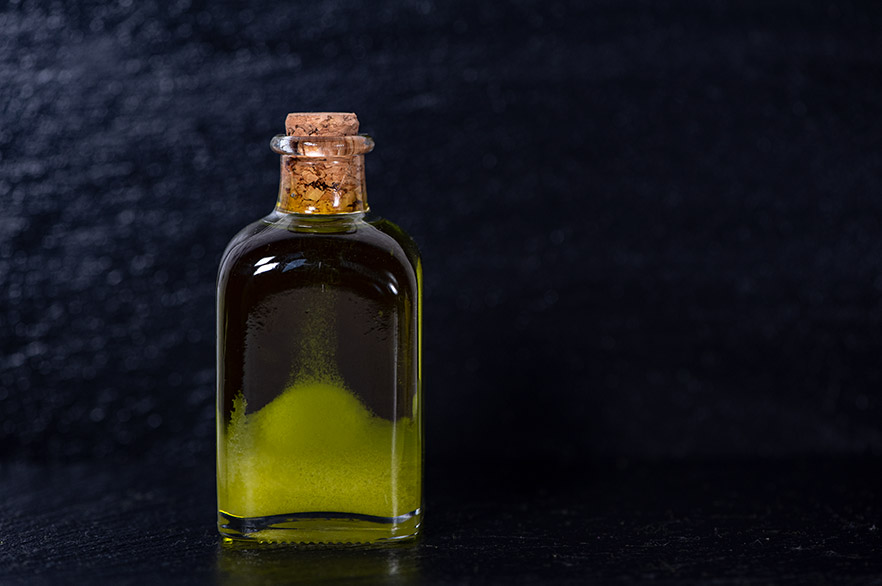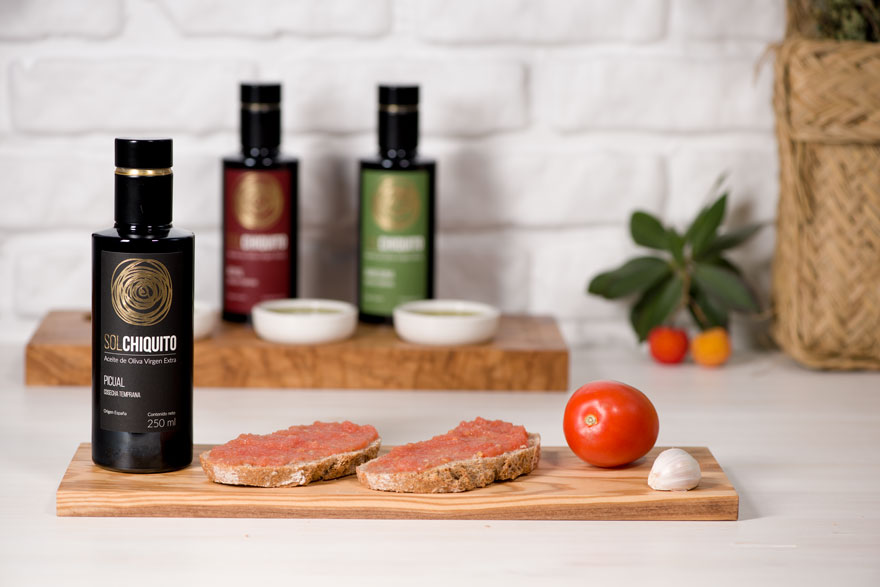


Sol Chiquito EVOO at Noche de Ronda and La Bodeguita del Rondador
26 January, 2020


2020 early harvest Sol Chiquito picual, royal y arbequina now available
8 February, 2021Lumps in the EVOO


A lot of people ask us why lumps appear in the extra virgin olive oil and if this circunstance means that the oil is in bad conditions or if it is indicative of a loss in the oil’s quality. To clarify this point that so many doubts generates in the consumer we make this publication
The state, liquid or solid, that the lipids present at a 20ºC temperature usually names a fat as oil -liquid- or lard – solid-. And it is precisely the different molecules’ melting point that form an extra virgin olive oil that explains the lumps appearance.
An EVOO, and every other fat, is mainly formed by triglycerides(1): esters of glycerol and three fatty acids. There are diferente fatty acids in the extra virgin olive oil and the proportions in which they are presented vary between the oils according to its characteristics like the olive variety, the olive fruit maturity index or the hydric conditions of the growing. In the next table there are collected the fatty acids’ percents of a picual and arbequina EVOO obtained during a study in Jaen University about the nitrated fatty acids (2) as well as the different melting points – temperature which the fatty acid changes from liquid to solid – of every one of them.
| Fatty acid | Picual (%) | Arbequina (%) | Melting point (°C) |
| Palmitic acid (16:0) | 13,6 | 17,1 | 63 |
| Stearic acid (18:0) | 2,1 | 1,9 | 69 |
| Oleic acid (18:1) | 78,9 | 67,0 | 13 |
| Lonoleic acid (18:2) (3) | 2,7 | 10,2 | -5 |
| Linolenic acid (18:3) (3) | 0,8 | 0,7 | -11 |
| Others | 1,9 | 3,1 |
In the table it can be seen that the fatty acids that conforms the triglycerids of an extra virgin olive oil present diferrent melting points so at a certain temperatura range some triglycerids are solidified while others stay liquid, appearing in the oils the lumps that generate unfounded doubts in many consumers about the oil’s quality
It is posible that at the same temperatura some extra virgin olive oils present lumps while others don’t. This is due to the fact that, as we have previously said, the proportion of the different fatty acids vary from one to another oil as it is reflected in the table. The fact that an oil presents lumps while others don’t doesn’t mean that there is a quiality difference in these, but that its composition in fatty acid is different.
The lumps will dissapear at the momento in which the oil recover its temperature, so if during cold months we want to consume uncooked oil it will be enough just to immerse the bottle in warm water for a few minutes.
Now that you are an expert in the lumps formation in the EVOO for sure you will be able deduce which of this two oils is picual and which one is royal.
(1) Triglycerids are part of the saponifiable fraction of an EVOO. The saponification is a reaction betwen an ester and an alkaline hydroxide forming an alkaline salt from the fatty acid (soap) and alcohol.
(2) The nitrated fatty acids present powerful anti-inflamatoy and cardiovascular protection properties and in the EVOO there is evidence of the presence of nitro-linolenic acid.
(3) The two only essential fatty acids that the human is not capable of synthesize are the linoleic acid (ω-6) and the linolenic acid (ω-3) so they have to be introduced through diet.




